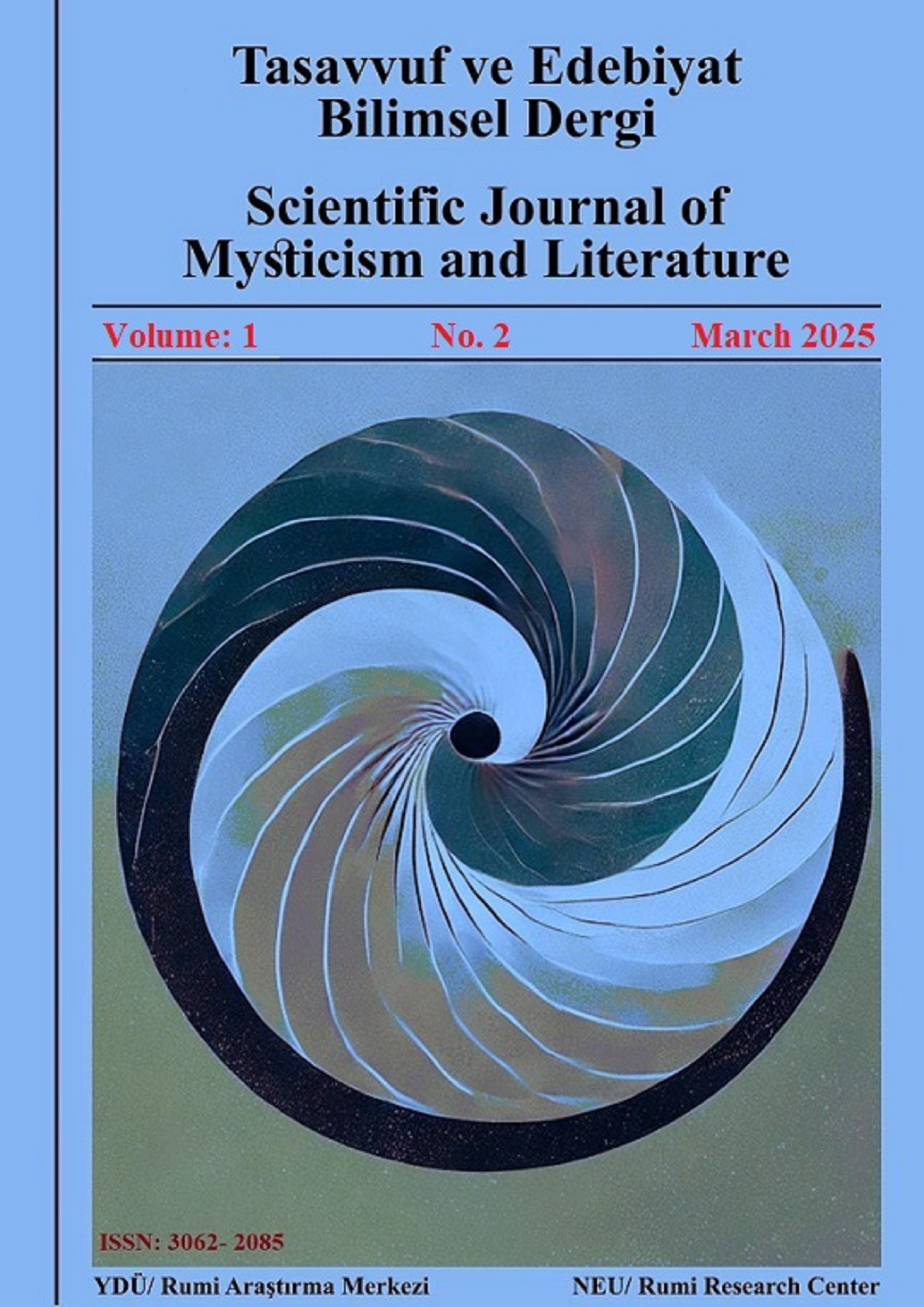The Character of Phonetic Substitution in The Works of Maulana
Mevlâna’nın Eserlerindeki Fonetik Değişimlerin Özelliği
DOI:
https://doi.org/10.32955/neujsml2025121005Abstract
In this article, an investigation is made into the fascinating phenomenon of phonetics, with particular reference to sound substitutions and changes. These are based on the verses of the poetic works of Jalaladdin Rumi, a seminal figure in the classical artistic heritage, as exemplified by the works "Mesnavi" and "Divan-e Shams." To obtain detailed information about the historical substitutions of sounds and words in Persian, it is necessary to examine the history of this language. Like those of other classics, the creative works of Maulana provide a rich and comprehensive corpus of material that can be used to restore the sounds that existed in classical Persian and whose pronunciation has been lost today. This is important for determining the correct reading of the works of the classics. The digraph of two consonants, represented by the letter خو /khv/and/kha/, existed in the ancient, middle, and classical periods of Persian history. This is known in modern language as the "unpronounceable vav" or “loaded vav" واو معدوله /vav-e ma'dule/ in one form or another.
The present study investigates the substitutions of Persian consonants with each other, categorized into three sections according to the participation of the vocal cords and the place of formation – articulation. The study revealed that consonant sounds undergo modifications in their phonetic characteristics and are substituted with each other to ensure optimal articulation, contingent on their acoustic properties and the method of formation. In the course of the study, we have also included, as far as possible, which of the two optional variants (sometimes three) used in these works was more functional during the time of Maulana.
Keywords: Maulana, Azerbaijani language, Persian language, phonetic substitution, voiced consonant, voiceless consonant.


